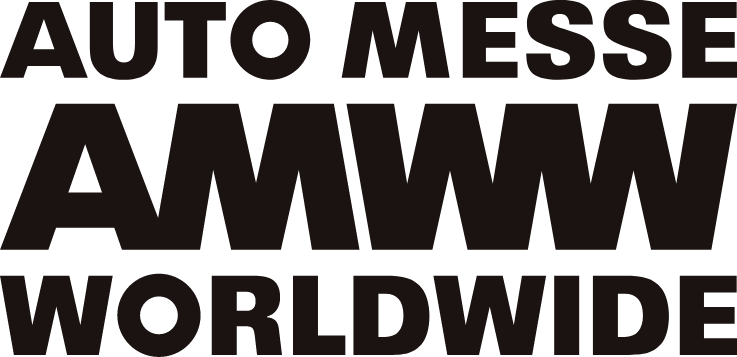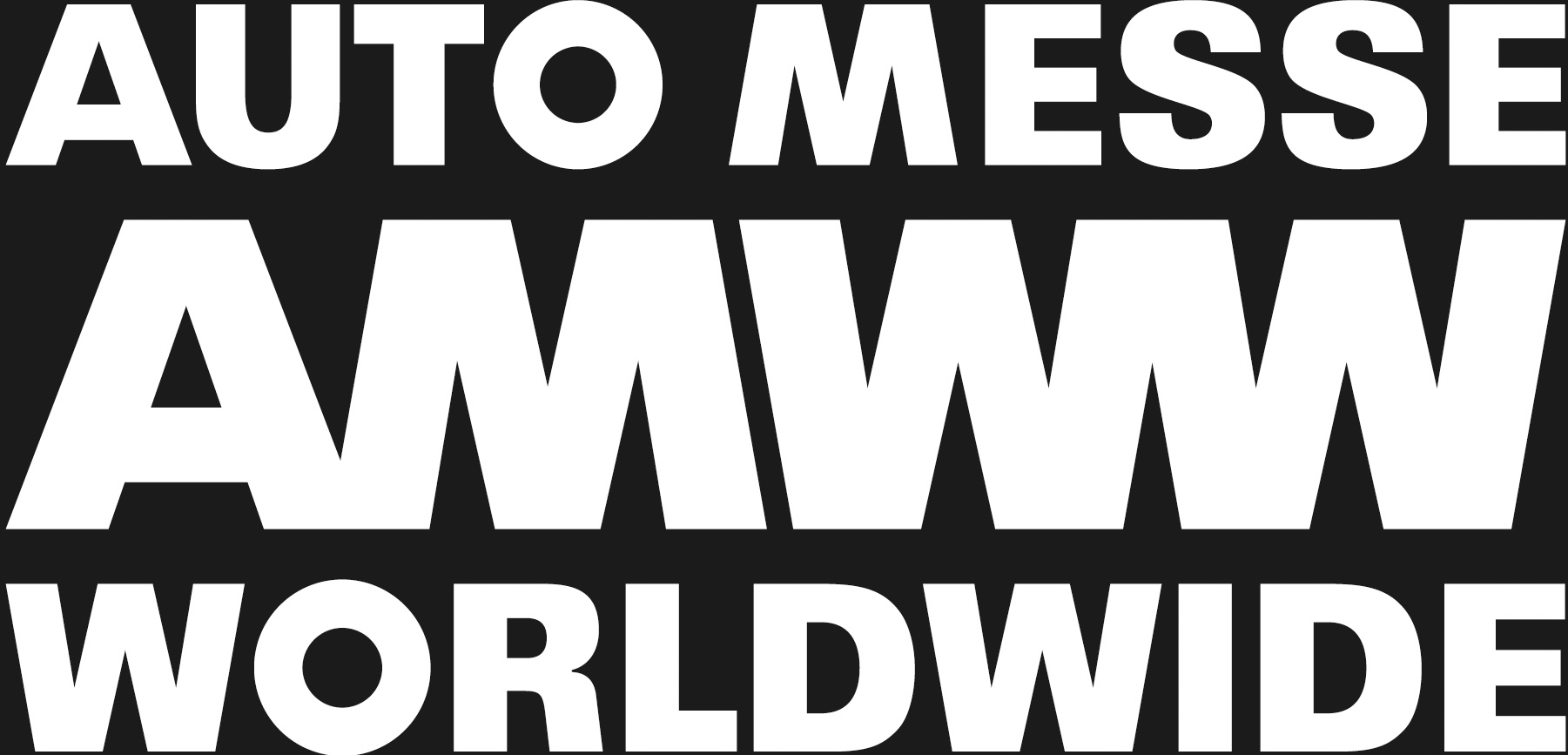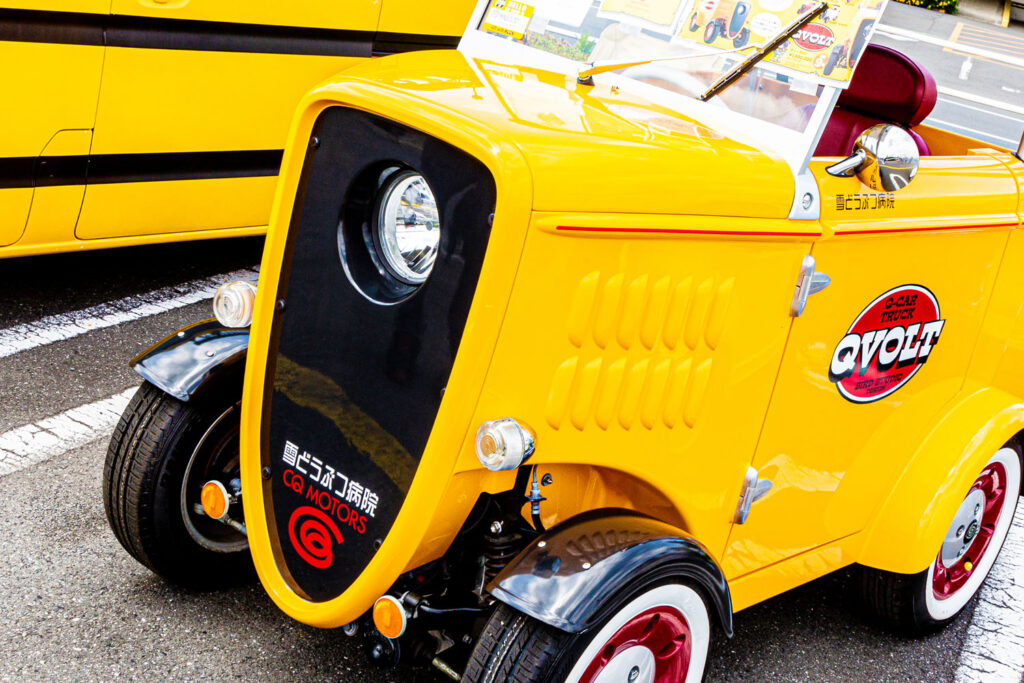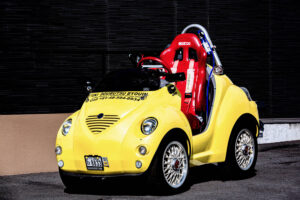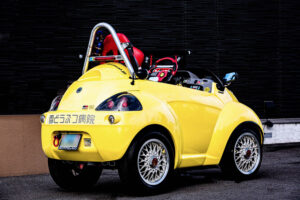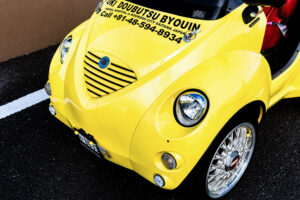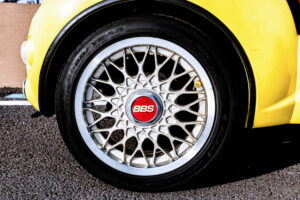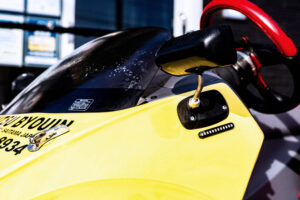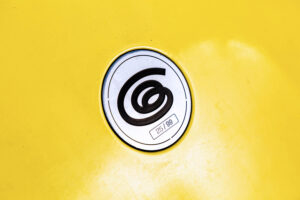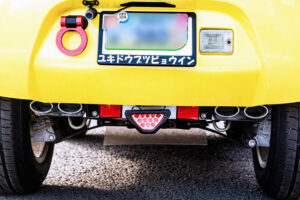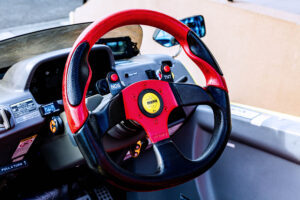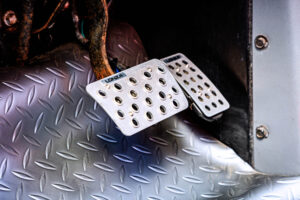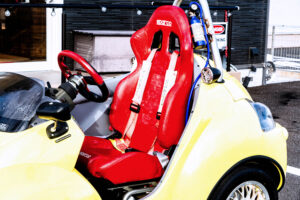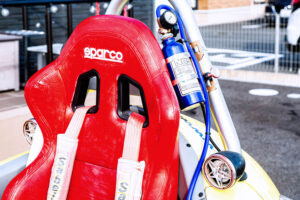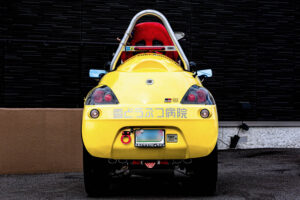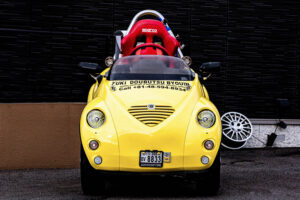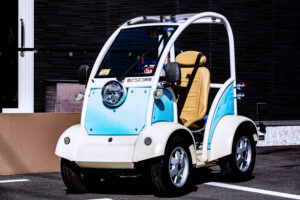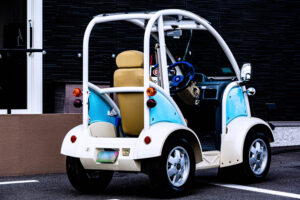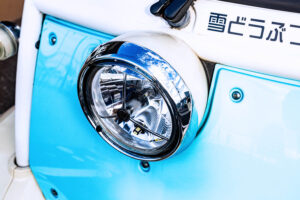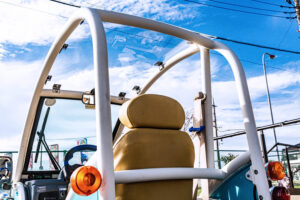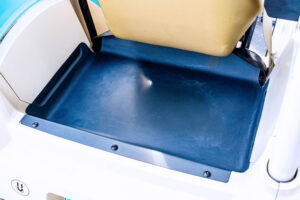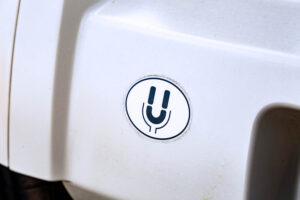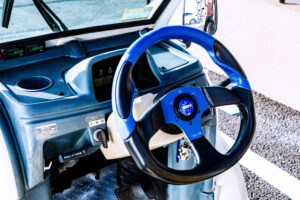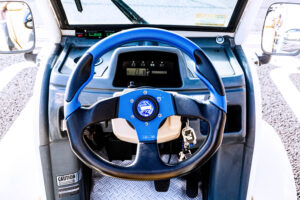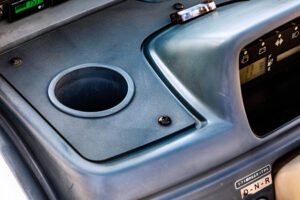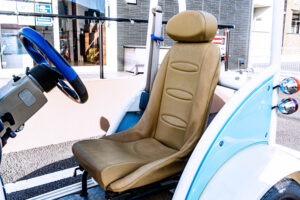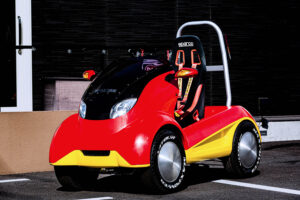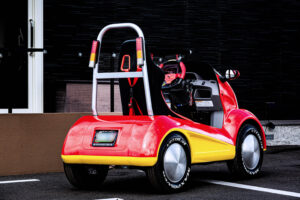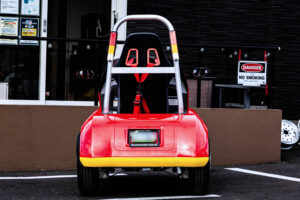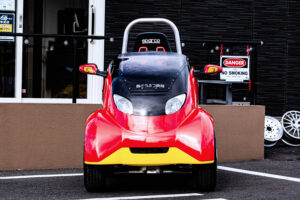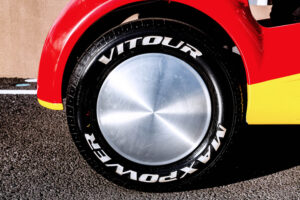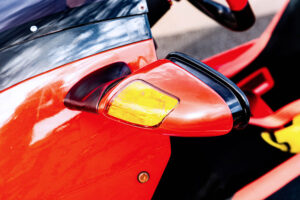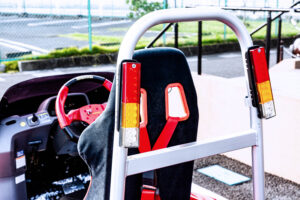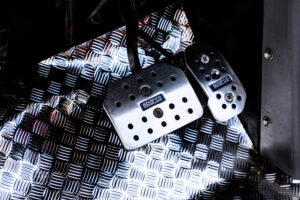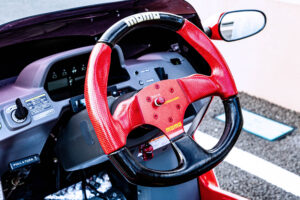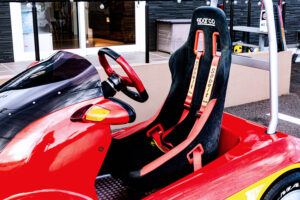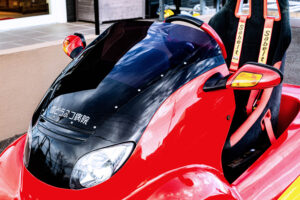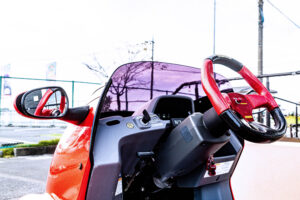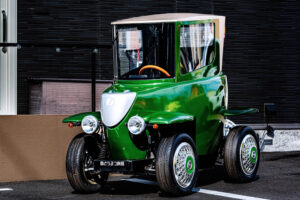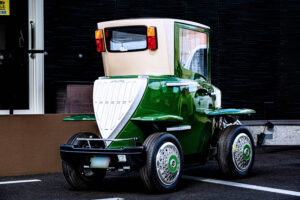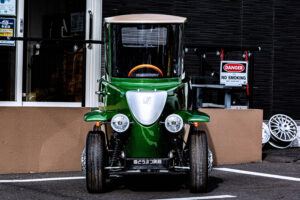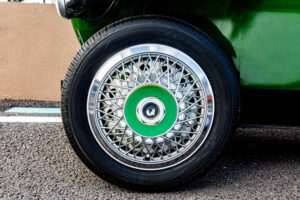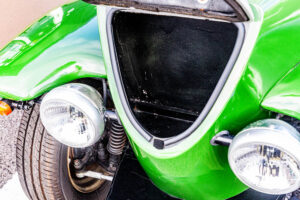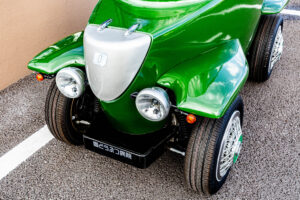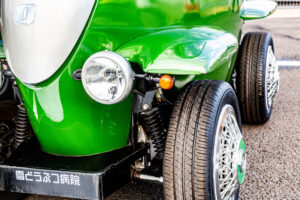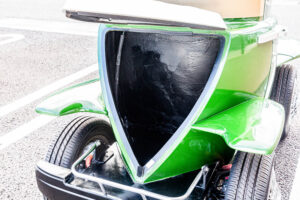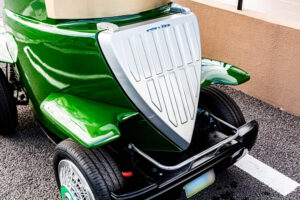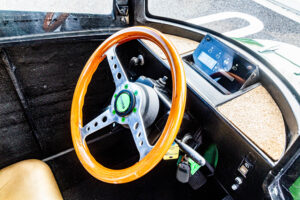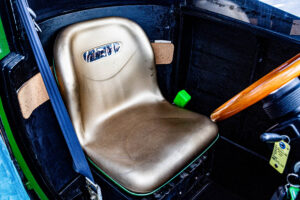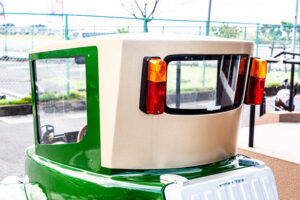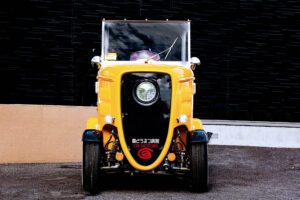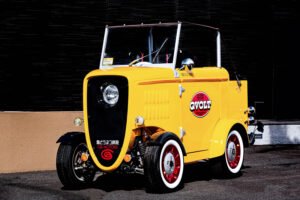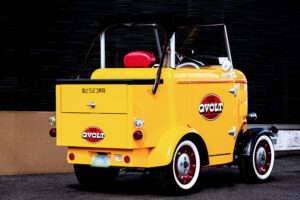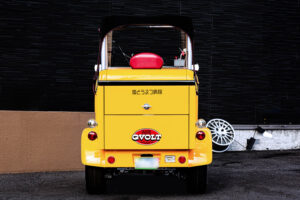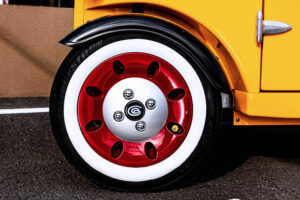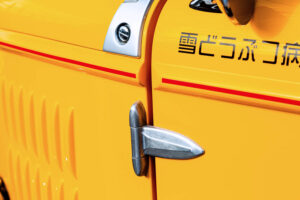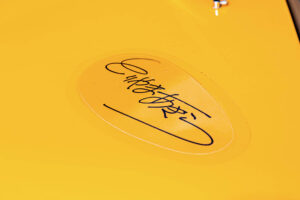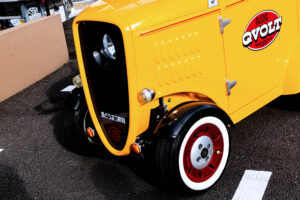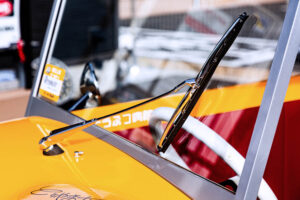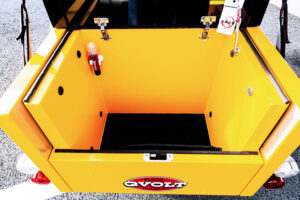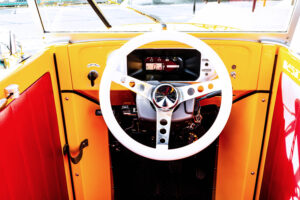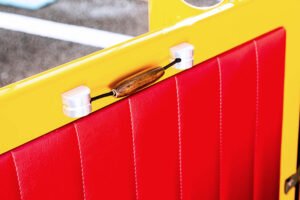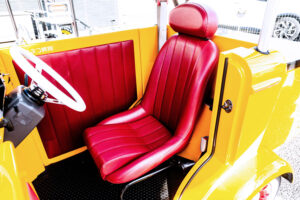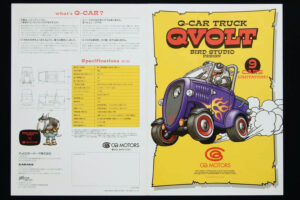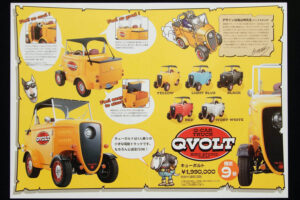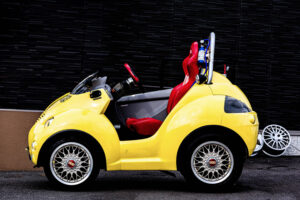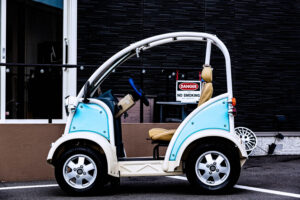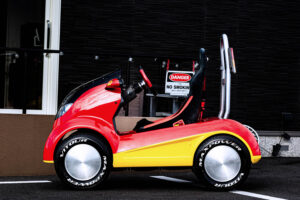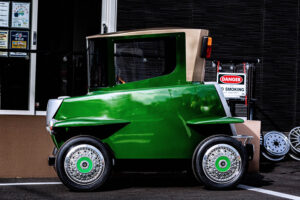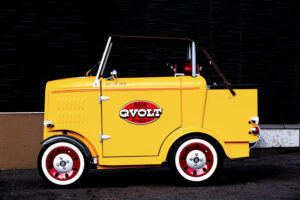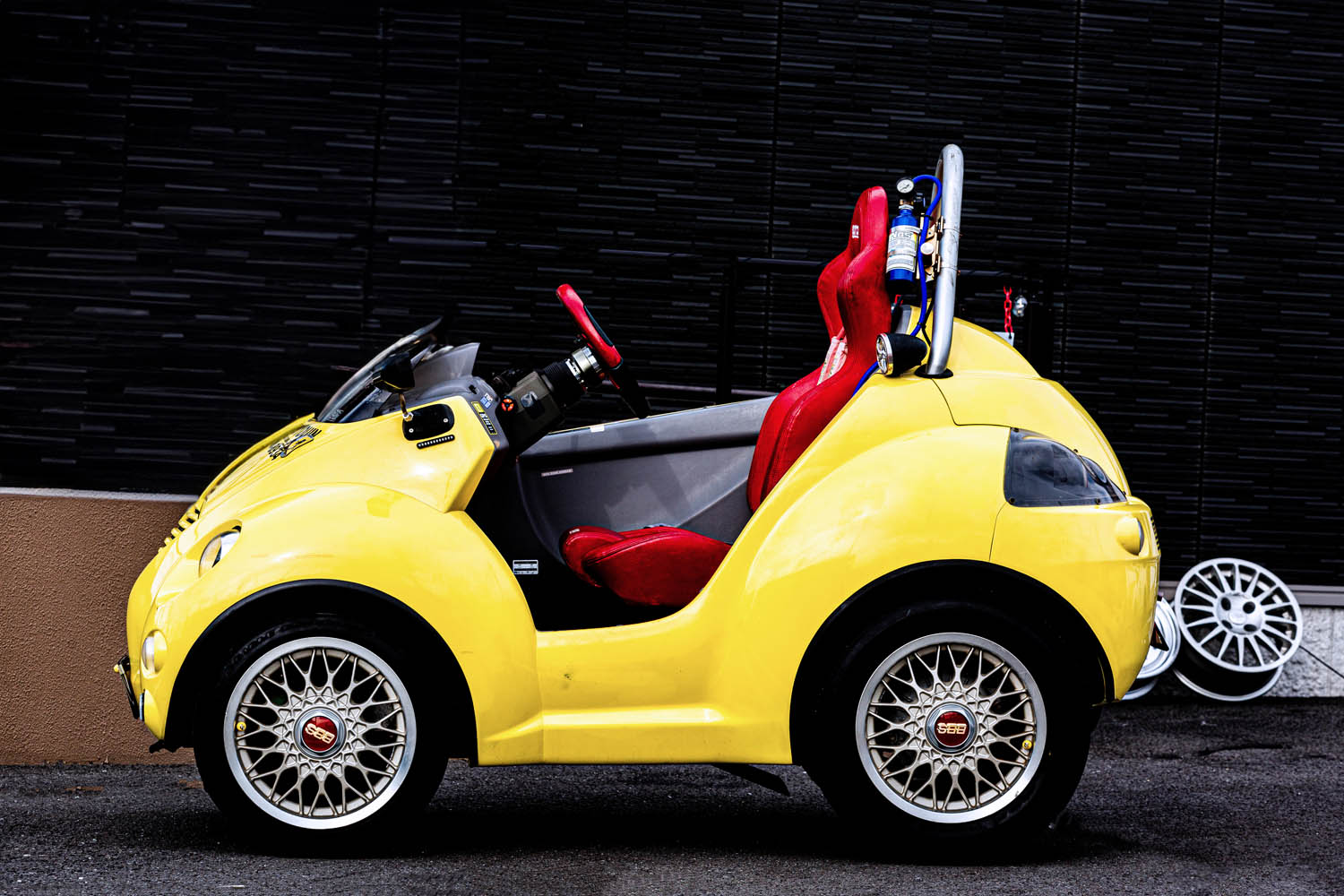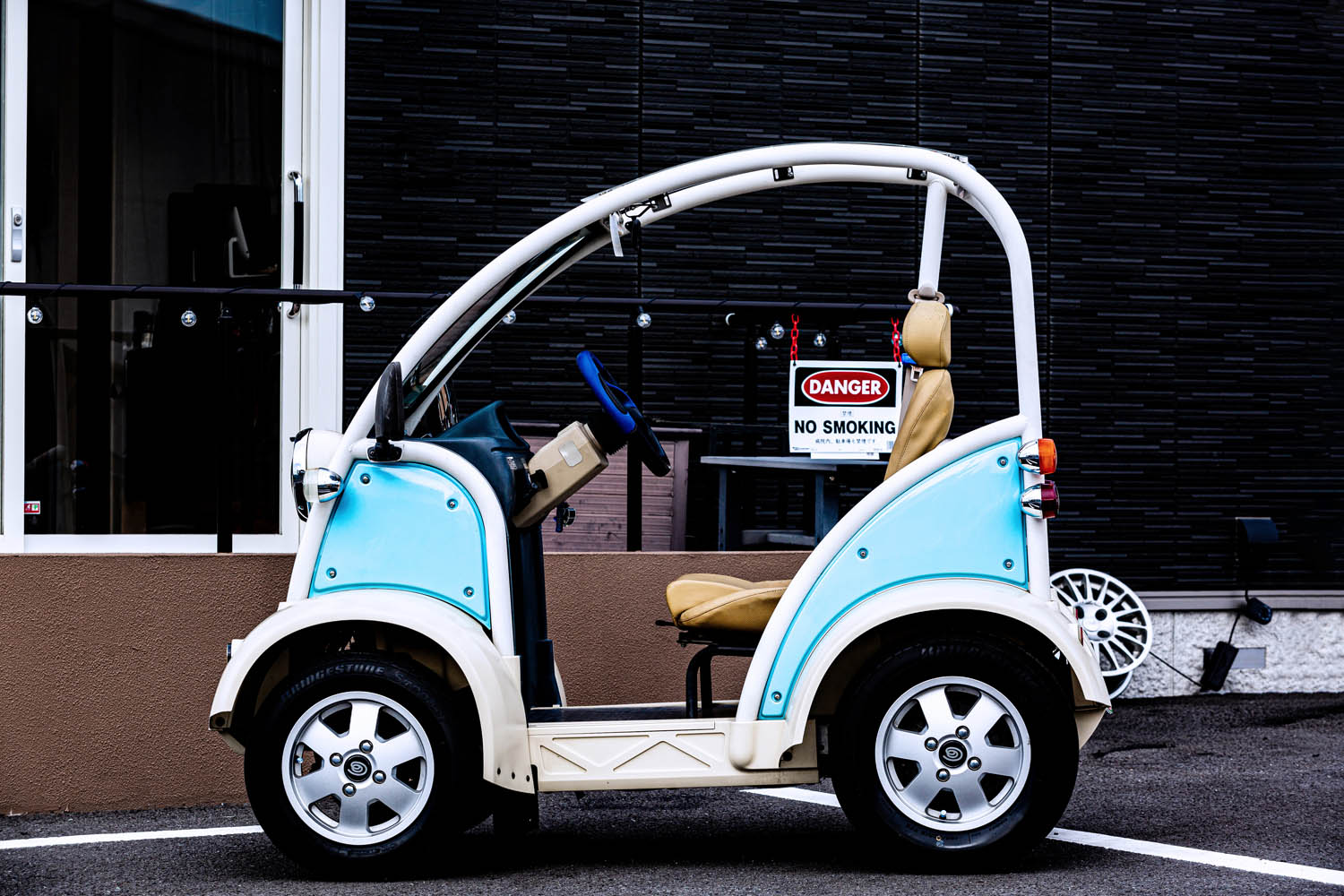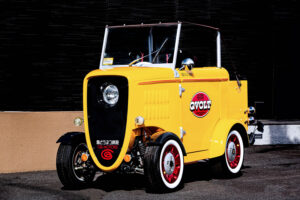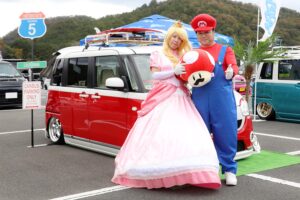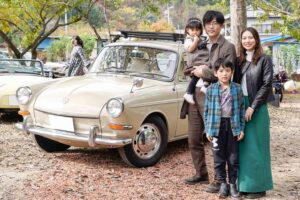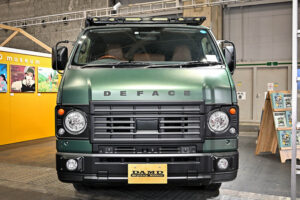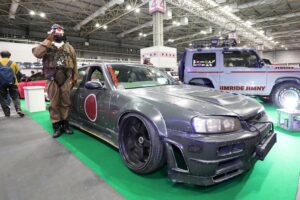Choro-Q Motors, an EV manufacturer that existed for a short period about 20 years ago
Akira Toriyama, known for his work on the manga Dr. Slump and character designs for Dragon Ball and the game Dragon Quest, passed away on 1 March 2024. We would like to express our deepest condolences to his family and friends. A fanatic of cars, aircraft, and other vehicles, he designed many fascinating machines in his works, and in the real world he also designed the QVOLT, a small one-seater electric car. We look back at the QVOLT and the micro EVs of Choro-Q Motors.
I want to make a Choro-Q that people can ride in!
Choro-Q Motors is a small EV manufacturer born in Japan at the beginning of the 21st century when EVs were still limited. The Choro-Q was a classic car-based toy from toy manufacturer Takara (now Takara Tomy), but it was not until 2002 that Takara decided to make a Choro-Q that could be driven by people, and established a subsidiary company, Choro-Q Motors Co Ltd, to produce “real Choro-Q cars”.
ChoroQ Motors made this dream a reality by entering the single-seater electric vehicle genre, which is classified as a motorized bicycle (four-wheeled). The company was supplied with the basic components for the Everyday Coms compact electric vehicle by Toyota-affiliated manufacturer Arako (now Toyota Auto Body), and the chassis was fitted with a comical, original-design body. The vehicle was developed and type certification was obtained by COX, which is known for its Volkswagen/Audi tuning work.
The small electric cars created by Choro-Q Motors were called the ‘Q Car’ series, and the first production car, the ‘Qi’, and the slightly later second series, the ‘U’, were released one after the other. Including other models that were never marketed, such as the prototype exhibited at the 2002 launch, there are currently seven known models, up to the last production model, the QVOLT, designed by Akira Toriyama.
But despite the buzz, Choro-Q Motors withdrew from the ‘car manufacturing’ business soon after its establishment. The challenge of a small electric car manufacturer came to an end after a short period.
With the help of “small car collector” Yuki Mizuguchi, AMW has interviewed five cars from his collection, including his QVOLT, to look back on the history of the Q car.
The first was the ‘Qi’, which looks very much like a Choro-Q
On 9 July 2002, when ChoroQ Motors was founded, the company announced three models: the ‘Qi’, the ‘U’, and the ‘QQ (Nine Nine)’. The first of those three vehicles to go on the market was the Qi.
The body size of the Qi was 2200 mm (length) x 1100 mm (width) x 1479 mm (height) and its production was limited to 999 units, named after the car. It is not a deformed version of a specific car, but has an original body design that is very Choro-Q-like.
This is an early batch model of the Qi, which was produced in a limited edition of 999 units, with a further 99 units produced in advance. Available in 13 optional colors in addition to the basic colors of red, yellow, and black, the Qi had the comical appearance of an amusement park ride, with an FRP body that had neither doors nor roof.
It was a true life-size toy, which explains why then-president Keita Sato said at the Q Car launch event at the time that “everyone who came back after the test drive was smiling”.
The second model is the ‘U’, which has both a roof and a cargo bed
This U is a more practical model with a front window, windscreen wipers, roof, and cargo bed.
At the time of the presentation, only a rendering sketch of the U was presented as the third Q-Car, but this U was the first Q-Car to go on the market after the first Q-Car, the Qi.
Shifting towards the practical side, the U was available in various specifications called Basic, Town, Surf, Pet, and Fishing, to suit the owner’s lifestyle. This would have been in line with the company’s direction, which at the time advocated being a ‘life entertainment company’. According to one theory, around 200 units were produced.

